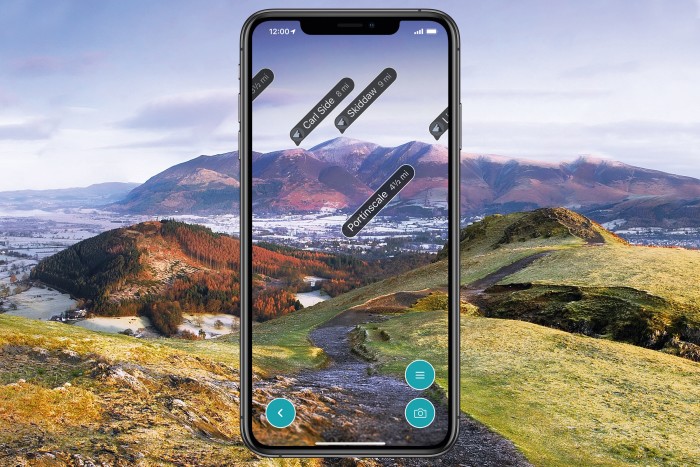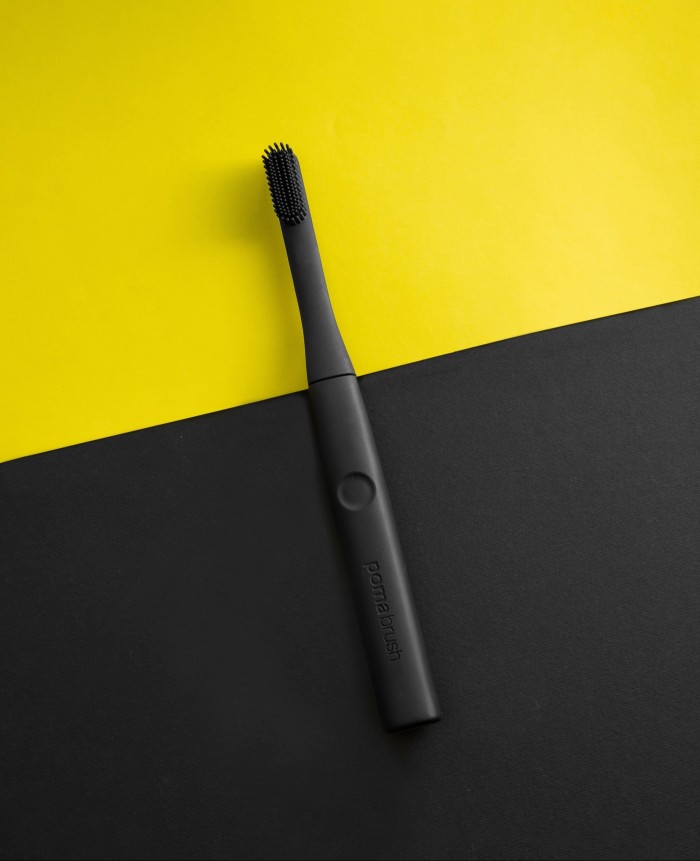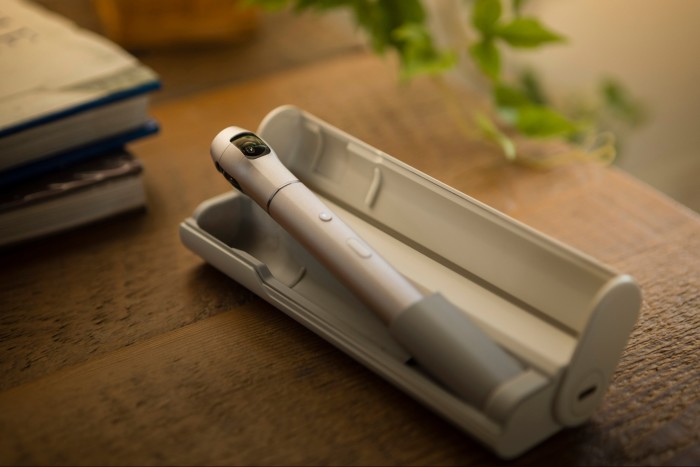Walk this way: augmented reality maps for the international hiker – and more travel tech

Roula Khalaf, Editor of the FT, selects her favourite stories in this weekly newsletter.
It’s been a year of discovering the travel delights on your own doorstep, or not far from it. For me, living in west London, the eye-openers within an hour or so’s drive have been the Surrey Hills, the South Downs and West Wittering beach, south of Chichester (especially if you walk to the west, away from the crowded bit) – which is easily as lovely as beaches I’ve travelled 10,000 miles to enjoy.
My constant companion on these close-to-home adventures has been a stupendously good app, ViewRanger, from a Cambridge company that has joined forces with Ordnance Survey. OS maps for me have always been associated – going right back to Scout hikes – with vast amounts of paper flapping infuriatingly in the wind, and with the place you want to explore being half on one map and half on another, which you don’t have and can’t get hold of because it’s a Sunday in the Yorkshire Dales.
So the starting point of ViewRanger is pretty game-changing: you have the entire suite of OS maps available on your phone, tablet or smartwatch (they’re also downloadable for offline use on phones and tablets). As with Google Maps, you can zoom in and out easily and you appear as a moving dot, which ends forever the head-scratching business of trying to work out where the heck you are.
But ViewRanger offers more still: rural and city trails; satellite views of where you’re hiking. And there’s an augmented-reality feature whereby, in thousands of well-known landscapes, you can hold your phone camera up and have landmarks and points of interest highlighted and explained.
ViewRanger also works in France, Ireland, Spain, Norway, the Netherlands, Belgium, Denmark, Finland, Sweden, Slovenia, Slovakia, the US, Canada, New Zealand and Australia, in each case partnering with the OS equivalent. Merging reality with an OS map is not just a map fan’s dream, but capable of making a map nerd – and a tech nerd – out of the most Luddite rambler.
ViewRanger, £25 a year, viewranger.com

Simultaneous voice translation in your ears
Google’s latest true-wireless earphones are great for listening to music, but that’s not the chief reason to buy its Pixel Buds. There are, in fact, two main reasons, both related to travel. The first is that the Pixel Buds give you instant, seamless on-the-hoof access to Google Assistant. With these hidden discreetly in your ears, by effectively talking to yourself you can summon up Google Assistant to ask pretty much anything in the world.
More importantly, Pixel Buds offer simultaneous voice translation to an accuracy of, I would say, 80 to 95 per cent, across more than 40 languages. Now, this being real life and not Star Trek, there are caveats. You can only activate translation (and Google Assistant) with an Android phone. And you need the phone to hand to speak your lines.
So why not cut out the earbuds and use the phone on its own? In practice, it is much more natural, conversational – and now, of course, socially distanced – to have the translation beamed straight into your ears rather than crouching over your phone with the person you’re talking to. Not a perfect system, but it’s the most convenient and effective I’ve yet encountered.
Google Pixel Buds, £179, store.google.com

A new challenger for the travel toothbrush crown
A year can be a long time in gadgetry. In summer 2019 I reported on Quip, a travel toothbrush from Brooklyn, and rated it the most stylish and convenient I had seen. I have used my Quip around the world with some delight. Now, though, I have found a light, super-compact travel brush that makes the still excellent Quip both look and feel a bit dated.
Poma Brush seems unremarkable at first. It has none of the techie twiddles, meters and apps of more sophisticated dental kit. The only fancy feature, which is fairly standard these days, is a two-minute timer. It also has a huge battery life – Poma claims four months per charge. I’ve been unable to verify the battery life as I haven’t yet taken it on overnight trips.
But everyone who sees the Poma Brush and handles it loves it. As to the bristles, they’re made from a rubbery silicone which feels exceptionally soft, but you can tell from the clean-teeth and massaged-gums afterglow that, after buzzing away like an angry bee at 15,000 strokes a minute, the machine does the business, and then some.
Poma Brush, £119, pomabrush.com

Replay your holiday – in the round
It was at the Consumer Electronics Show in Vegas in 2013 that I saw a product from the esteemed Ricoh in Japan that was so seemingly pointless I didn’t even bother to take away a leaflet. The Ricoh Theta 360-degree mini-camera, which took literally head-spinning photos from all angles at the same time, was clever, but it was hard to think of any way you could show the pictures it captured. Instagram, its natural medium, had only been going for three years at that stage.
Almost eight years later, Vecnos, a Japanese startup spun out of Ricoh, has taken the Theta and run with it. The Iqui now makes perfect sense in the Instagram/Snap/TikTok-dominated world in which short video clips are currency in both social and commercial life. The Iqui doesn’t shoot video, but stitches a series of stills together into an MP4 film. Children will love it as a way of capturing their holidays, as indeed will your business’s social-media team, for whom micro videos with optional AR effects – clouds of bubbles and the like – are marketing gold.
Vecnos Iqui, £299, vecnos.com

Comments